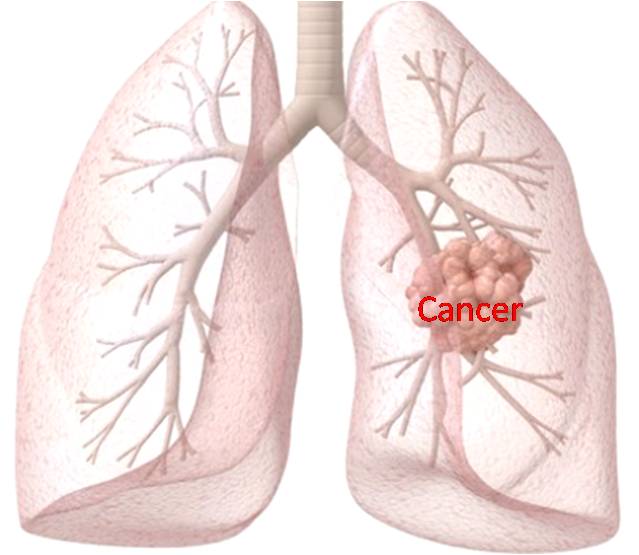What is Breast Cancer?
Breast cancer originates from breast tissues, usually from the inner linings of milk duct or lobules that supply milk to the ducts. This cancer occurs to human beings and other mammals as well.
Popular cases to humans occur in women. However, it can also occur to men. Breast cancers normally starts in form of a small tumor (a lump) or calcium deposits in the breast.
This tumor them grows and invades breast tissues, such as chest wall or the skin. Some of the lumps may be non-cancerous (benign), but they can be premalignant.
They only method for distinguishing benign from cancer tumor is through medical examination by a doctor.
Symptoms of Breast Cancer
There are no noticeable symptoms in its early stage. However, as the cancer tumor develops the following signs and symptoms and may be seen:
- A lump may develop in the breast or under the arm. These lumps often persist after the menstrual cycle. Research has shown that a lump is usually the first noticeable symptom. These lumps are often painless but some can cause prickly sensation. Over 80% of all cases are discovered through a lump. Before it is seen or felt, a lump is visible in a mammogram.
- One breast becomes larger (in size) or lower (in position) than the other.
- Swellings on your armpits
- Pain or tenderness in your breast. Though lumps are normally painless, pains or tenderness may be signs of some type of cancer.
- Visible flattening on the breast. This may mean there is a tumor that cannot be seen. You may not feel it as well.
- Changes in size, texture, temperature or contour of the breast. If you see a pitted reddish surface (like an orange), then it is likely to be breasts cancer in an advanced stage.
- A change in position or shape of the nipple. One nipple may be inverted, or may change its normal direction or pointing.
- Retraction of the nipple. Other changes include itching, dimpling, ulceration or burning sensation in the nipple.
- Another symptom on the nipple is scaly rash. This may also indicate the presence of cancer.
- Abnormal discharge from the nipple. This can either be bloody, clear or any other color. This discharge is caused by a benign condition. However, it may mean some underlying cancer.
- Having parts that are clearly different from other breasts areas.
Risk Factors for Brest Cancer
- Age: The risk increases significantly after 50 years of age.
- Race: Breast cancers occur more frequently in white women than any other group.
- Family history: The risk is higher in women with a family history of this type of cancer. The risk is even higher if more than one family member has developed it. It is further enhanced by the closeness of the relationship of family members e.g. mother or sister with breasts cancer indicates a higher risk than a cousin with the same cancer.
- Personal history: A previous history of breast or ovarian cancer would indicate a greater risk.
- Maternity: The risk is higher in women who never have had children and in women who bear children after 30 years of age.











New! Comments
Have your say about what you just read! Leave me a comment in the box below.